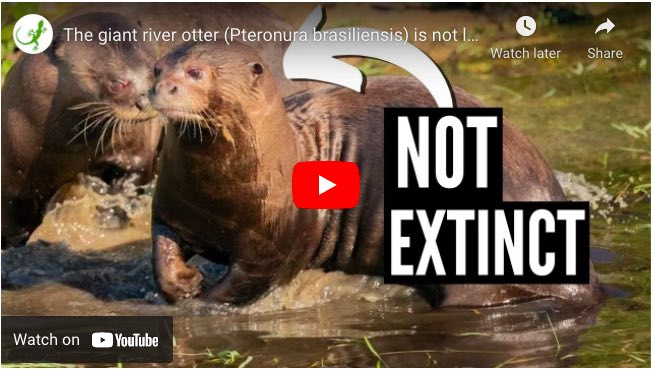Climate change and environmental problems such as fires, droughts, flooding, deforestation, and pollution are affecting young people around the world. In Brazil alone, 40 million young people (60% of youth under 18) are impacted by problems related to the climate emergency.
Mongabay interviewed young people from different regions of Brazil to understand how their lives have been affected. These are some of their stories.
Darley and the disappearing river

Darley Ferreira is 18 years old. He lives in the São Marcos community in the Lower Tapajós area, west Pará state, by the Arapiuns River. In 2023 the region faced the worst drought ever recorded, and the river dried up. This made it hard for Darley to travel by boat to his school, which is far away.
“We students had to walk; we often had to get wet, to jump in the river [because the boat would run aground]. In some areas, students had to wake up at 4 a.m. to get to school on time, and many ended up giving it up,” says Darley.

Family farming is a source of income for local families. Farming is also affected by the changing climate. “The work that used to go from 7-11 a.m. on average now goes from 6-9 a.m. at most, because it’s too hot,” Darley explains.
Community tourism prevented some of the problems with the river drying up. Some families turned their homes into inns to earn money. But getting tourists into the community was a challenge, as canoeing was impossible in the drought-affected rivers.
Darley says that in areas close to his, drought and heat waves have also led to the deaths of many fish and porpoises. “The communities suffered because they started to see it and couldn’t do anything,” he recalls.
Yan puts sheets in the fridge to beat the heat
Yan Daniel Brito Silveira is 12 years old. Yan lives in Fortaleza, the state capital of Brazil’s Ceará state with his mother. They live in a house in the Vila Velha district, on the outskirts of the city. One day, Yan was at home when he felt dizzy and fell to the floor. He regained consciousness after a short time, and realized that he had fainted due to the increasingly frequent heat waves.
Yan’s family has only one fan at home, which must be used with caution to avoid high electricity bills. That is why, on hotter nights he puts his sheets in the refrigerator to beat the heat. “I sprinkle some water on the sheet and then put it in the freezer to cool it before going to sleep. I don’t put too much water, so it doesn’t get too wet,” he explains.
He says he only recently heard about the climate emergency in a geography class at school.
“I know little about this, but the teacher explained to me that that’s why it’s been hotter,” he says. Even though he does not know much about the subject, he feels the impacts of climate change on a daily basis.
Thais tackles climate challenges

Thaís Pitaguary is 17 years old. Thaís is Indigenous and was raised in the Pitaguary Indigenous Land, in the greater Fortaleza area. When she was only 10 Thaís started giving talks to raise young people’s awareness about human impacts on our planet.
In 2023, Thaís saw a heavy downpour flood her house and cause her sister, who lives next door, to lose some of her furniture. “We used to have floods before, because we live near a mountain range, but not as frequently as in recent years,” she points out.
Heavy rainfall caused disruptions to education in Thaís’ community. The rain caused power and internet outages, and flooding of the community’s passageways. “I often went to class at the Indigenous school with mud up to my knees. Sometimes, they’d just send us back home and cancel classes because it was hard to get there,” Thaís recalls.

At the Indigenous school in the village of the Pitaguary people, she learned about the traditions of her ethnic group and the environment. As a teenager, she decided to pursue environmental studies at a vocational school.
“Many people say that youth and children are the future of Brazil, but we are the now, and what we do now will influence the future. Knowing what a climate emergency is and how to preserve the environment helps preserve our lives and our health,” Thaís argues.
David Brown adapted this story for Mongabay Kids. It is based on an article by Beatriz Jucá and Leandro Barbosa and translated by Roberto Cataldo, published on Mongabay.com:






